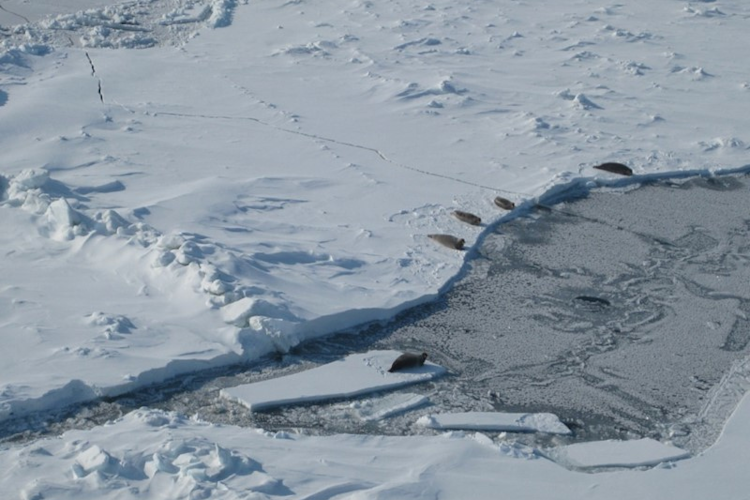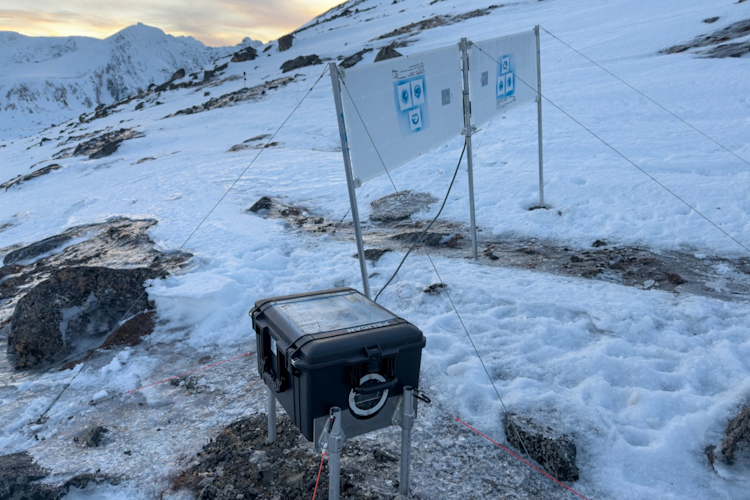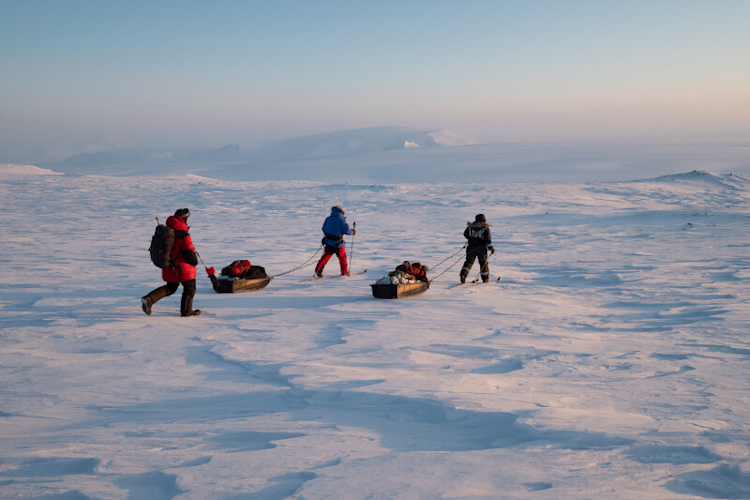After a decade of research, my colleagues and I recently published the first-ever estimate of the size and status of the Chukchi Sea polar bear population, which is shared by the U.S. and Russia. And the news is good—at least for now. The bears are relatively abundant, with strong reproduction and high cub survival.
Although studies by the U.S. Geological Survey indicate that the Chukchi Sea population is showing behavioral effects of climate change (for example, some animals are spending a longer time on land each summer), the sea-ice loss the region has experienced to date apparently hasn’t yet led to negative nutritional or population-level effects.
When it comes to communicating these findings, it can be challenging to explain that the following two statements are consistent: (1) sea-ice loss due to climate change is the primary threat to polar bears throughout the Arctic; and (2) new scientific data indicate that the Chukchi Sea population is doing well, despite sea-ice loss.
How is this possible? Although there are multiple potential explanations, I’d like to focus on two communication challenges related to the Chukchi Sea bears.
First, the Arctic is a big and diverse place. The Chukchi Sea is a biologically rich habitat, with a large continental shelf that gives the bears a vast area for finding seals. Most other parts of the Arctic don’t have these features or have them to a lesser degree.
Productivity and the amount of shelf habitat make a difference because they influence the degree to which changes in the amount of sea ice translates into lost hunting opportunities for polar bears, which in turn reduces their ability to accumulate the fat reserves needed for survival.
Here’s a rough analogy to help illustrate. If a person gets big, balanced meals seven days a week, they’re going to be happy and healthy. What if resources were reduced and they only got big, balanced meals six days a week? They’d probably still be in pretty good shape. But now imagine that the meals were small or less frequent to start with—just barely enough to get by. In that case, going hungry for an additional day could cause significant hunger and stress. Furthermore, imagine if more and more meals were taken away, year after year. No matter what the starting point was, the progressive loss of food could only be expected to have negative effects in the long run. This is basically what’s happening with polar bears. Different combinations of biological productivity, habitat area, and sea-ice loss are currently having different regional effects. And unless the underlying causes of climate change are addressed through the reduction of greenhouse gases, the continued loss of sea ice and associated opportunities to hunt will likely have negative impacts throughout the Arctic.

















